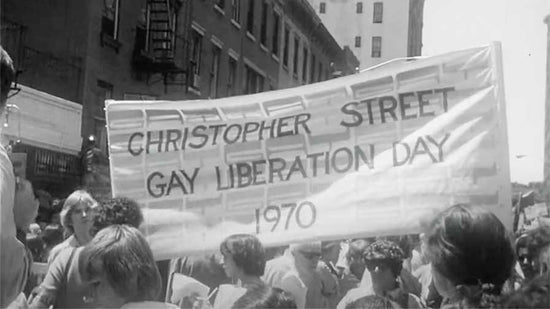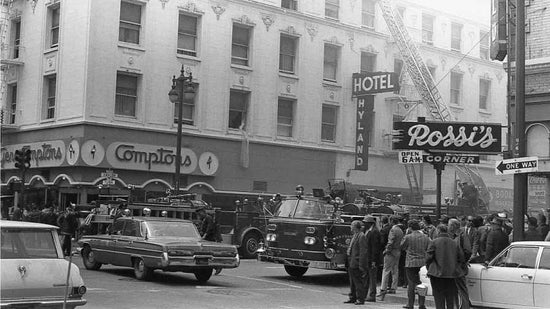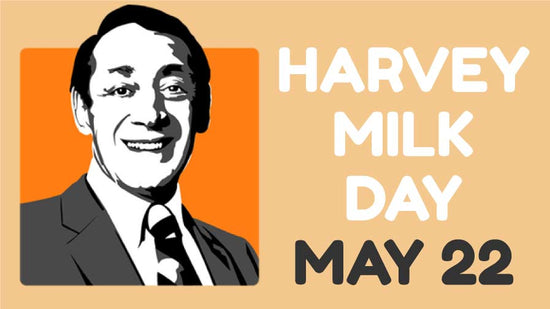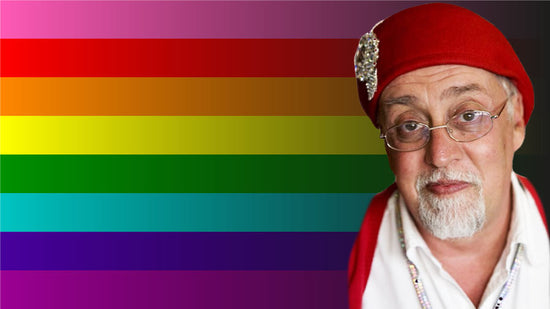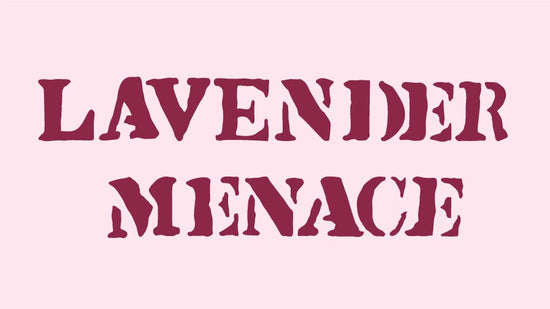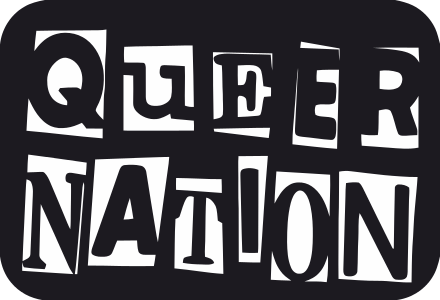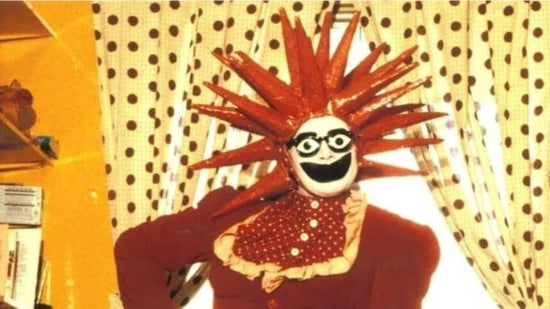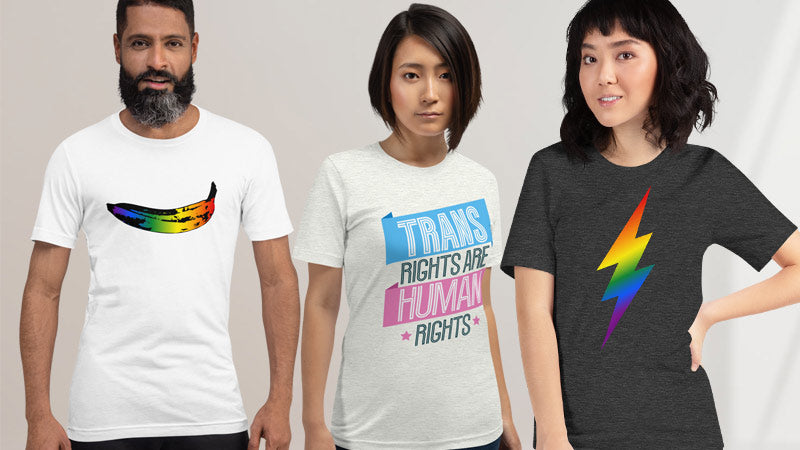LGBT+ History Month

What Is LGBT+ History Month
LGBT+ History Month is an annual month-long celebration of lesbian, gay, bisexual trans, and other non-cishet identities throughout history, including the history of the LGBT+ civil rights movement. It’s now celebrated in Australia, Brazil, Canada, Cuba, Finland, Germany, Hungary, Italy, the United Kingdom and the United States. It’s different to Pride Month, which is in June, because that’s the anniversary month of the Stonewall uprising in 1969.
When Is LGBT+ History Month
In the USA, Australia and Canada LGBT+ History Month is in October because it coincides with National Coming Out Day on October 11, and because it is the month of the first March on Washington for Lesbian and Gay Rights in 1979.
In the UK LGBT+ History Month is celebrated in February because this is the anniversary of the abolition of Section 28 in 2003. Section 28 of the local government act was the 1988 law that banned ‘promoting’ homosexuality.
In Germany it’s called Queer History Month and it’s observed in May.
When Did LGBT+ History Month Start?
LGBT+ History Month was originally created in the US back in 1994 by Missouri high school history teacher Rodney Wilson.
He decided that time should be dedicated to the celebration and teaching of Lesbian and Gay history, because it was not being taught at home, in the school curriculum or in religious institutions.
His aim was to raise awareness and change attitudes by creating a greater understanding and therefore acceptance of LGBTQ+ people.
What began as a lesson evolved into something much bigger and more extensive. Inspired by Women’s History Month and Black History Month, Wilson worked with national organisations to develop a gay-friendly curriculum for teachers.
University of Missouri-St. Louis became the first college in the US to hold a Gay History Month event, and Wilson also helped organise a gay film festival on campus to launch the month. In 1995 Gay History Month got coverage in Newsweek and it spread nationally, eventually becoming LGBT+ History Month.
Since then it’s been endorsed by GLAAD, the National Gay and Lesbian Task Force, the National Education Association and other national groups.

OUR RAINBOW COLLECTION view the full collection
LGBT+ History Month In The US
With more and more US states proposing and passing anti-LGBTQ+ legislation and attempting to ban the teaching of any LGBTQ+ identities in schools this month-long celebration has taken on a renewed importance.
Given the vast scale of LGBT+ history the first question is what on earth do you teach? The point was to create role models for young people and help to build a sense of community. So while doing this has evolved over time, the current format is to choose 31 LGBTQ+ Icons and focus on a different one on each day of October. The icons are decided each year by a panel at The Equality Forum. The 31 icons for 2024 are:
Ron Ansin, Laphonza Butler, Maki Carrousel, Desmond Child, Margaret Chung, Christian Cooper, River Gallo, Robert Garcia, Rob Halford, Jeanne Hoff, Susan Love, George Michael, Kevin Naff, Fabian Nelson, Yannick Nézet-Séguin, Robyn Ochs, Pat Parker, Mark Pocan, Herb Ritts, Beth Robinson, Richard Schneider, Robt Martin Seda-Schreiber, Jackie Shane, Ari Shapiro, Sam Smith, William Dorsey Swann, Peter Tatchell, Diana Taurasi, Colton Underwood, Luther Vandross, Joel Wachs.
LGBT+ History Month In The UK
In the United Kingdom LGBT+ History Month was founded by Sue Sanders and Paul Patrick in 2004 as part of the LGBTQ+ Education Charity Schools Out UK.
Sanders explains why they decided to set it up. “When Section 28 finished in 2003 we really felt it was time to get into schools and everywhere else and celebrate who we were as LGBT people.” It first took place in February 2005. The month is intended to raise awareness of LGBTQ+ people and our history, and combat prejudice against us.

In the UK the specified goal is to “promote equality and diversity for the benefit of the public” and this is done across a range of programmes, some to support teachers with resources and others to assist schools in how to create inclusive and LGBT-positive programmes. But it also involves lobbying government and local authorities to help make educational and other institutions safe spaces for all LGBT+ communities.
Many of us went to school with the shadow of Section 28 hanging over us. A time when even the mention of LGBTQ+ lives, people or relationships by teachers or students could mean a punishment. Everything was hidden. It was a monstrous time that left so many of us unable to understand who we were or talk to anyone about the way we felt. We must never underestimate how amazing it is that these things are now being taught. That kids can see people like them.
UK Schools Out - LGBT+ History Month In The UK
In the UK the format is a little different. The UK Schools Out Group designates a subject, which becomes the focus for all of the events throughout the month. For 2024 the topic is Medicine – #UnderTheScope and it “celebrates LGBT+ peoples’ contribution to the field of Medicine and Healthcare both historically and today.
There’s also five “LGBTQ+ faces”, these are role models that are the focus each year, one gay man, lesbian, bisexual and trans person plus one from the other LGBT+ identities. These are people who have been forgotten or who society has ‘straight washed’ but who it’s important to embrace and as part of our community. As the group say we need to “reclaim our past”.
If you're looking for something to help celebrate LGBT+ History Month or you're going to an event, we have loads of lovely Rainbow clothes and accessories



